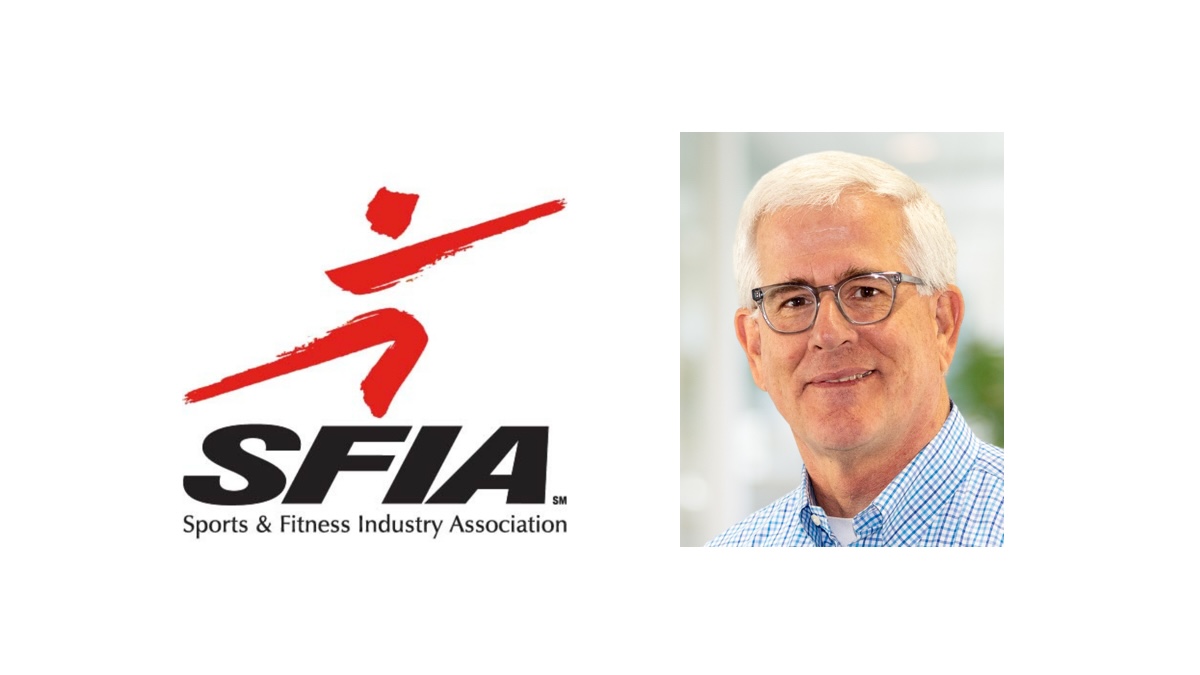
In early October, a group of friends from high school plan on rolling up to Tom Cove’s house in a Winnebago, picking him up and heading to Ocean City, Maryland, for some time at the beach to relax before he heads to California a few weeks later for the Breeders’ Cup.
It’s the type of travel that Cove will have more time for, as he will be retiring as chief executive officer of the Sports & Fitness Industry Association after leading the organizing for two decades. His official end date is to be determined while a search for his successor is ongoing.
“It’s been a great, long run and at the same time it’s all consuming and I want to do other things,” Cove said. Among those things are getting back to working with kids in sports, having coached his children when they were growing up for decades.
Sponsored Content
“I’m a rec coach and I want to be able to go back and do that,” Cove said. “I’m a massive horse racing fan so I’m going to be spending some time at horse races. I’m going to study theology, that’s kind of a hobby of mine. But more than anything, it’s been a great run and I want to be able to do other things that I’ve been just putting off for so long.”
Cove joined the organization as chief executive officer in 2005 after 13 years building SFIA’s advocacy and public affairs programs in Washington, D.C. He guided SFIA through the Great Recession and the Covid pandemic and as the organization, which used to run a large trade show and promoted the sporting goods manufacturing business, broadened its focus to overall sports participation and the health and fitness industries.
“The pandemic was so difficult for so many people and it continues to have such lingering effects,” Cove said. “But that said, one of the things that came out that speaks to our industry is we are a solution to one of the greatest challenges that our society faces today, and that is isolation and inactivity, two different things that are related.”
To that point, he described how as states and the world opened up and the pandemic lessened, the ability to be part of a sports team resonated more than perhaps ever before for youth and amateur athletes. He also pointed out the cost of the sports delivery system and making sure events and tournaments are financially viable for families.
“We’ve got this inherent demand,” Cove said. “People kind of need to get out. … we have this terrific opportunity, with demand and what we’re providing as a solution to physical and emotional needs. And at the same time, we’ve got to make accessible a quality experience for the player, for the family, the parents, whether it’s not just cost, but the stress and the time involved. Deliver that and we’re going to be in great shape.”
The SFIA’s annual Topline Participation Report is one of the must-reads in the industry when it gets released in the spring of each year. This year’s report showed all of the seven major sport and fitness physical activity categories showed increased year-over-year rates of participation. Each year, thousands of people are surveyed about which one of 124 different activities they participate in and how often. The end result is a wealth of data and trends that tracks which sports are gaining popularity and which are struggling.
SFIA’s stated purpose “is to support our member companies and promote a healthy environment for the sporting goods industry by providing access to thought leadership, advocacy and public affairs, research, and member services.”
“What I want the legacy for SFIA to be is to take a leadership position now and in the future of delivering all the benefits and value that sports and fitness can,” Cove said. “We have so much to give the industry as leader in providing a quality sport experience. And I think we’ve made great progress. I really do. We’re there every day. We’re talking to coaches and parents. We’re designing products. We’re figuring out pricing. We’re looking at the logistics of an event. We’re working with people every day because it’s day in, day out. I think that’s what people don’t appreciate. The sports industry is there day in, day out. A lot of people come and go, a lot of people come and put a big splash on things, put a lot of money into it, but we have a unique role to play, that’s what I would say.”












 Copyright © 2025 by Northstar Travel Media LLC. All Rights Reserved. 301 Route 17 N, Suite 1150, Rutherford, NJ 07070 USA | Telephone: (201) 902-2000
Copyright © 2025 by Northstar Travel Media LLC. All Rights Reserved. 301 Route 17 N, Suite 1150, Rutherford, NJ 07070 USA | Telephone: (201) 902-2000